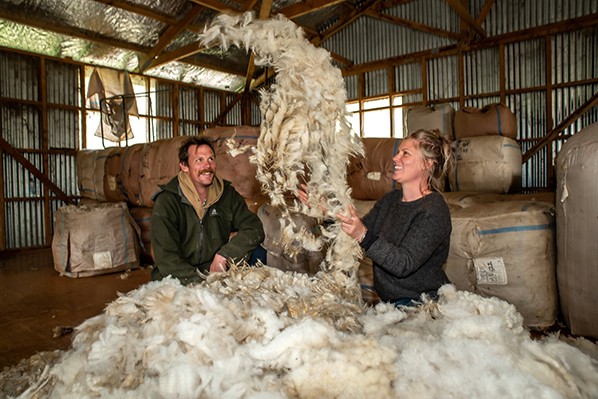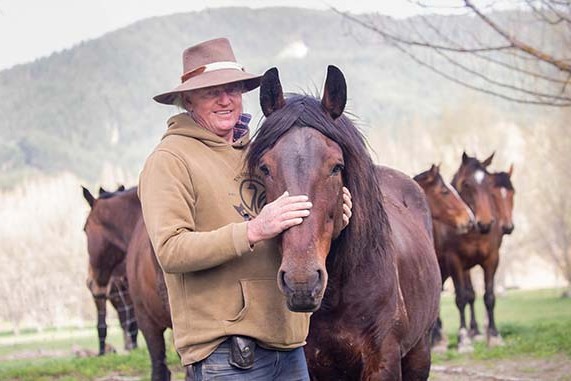BY: PETER SNOWDEN
A break away from the farm is unlikely to involve an international holiday for some time to come. Domestic tourism has been brought into focus, which is not such a bad thing! Spending time in some of the seldom visited parts of home offers great reward.
Paradise is an historic 128ha property just over an hour’s spectacular drive from Queenstown. Set in close proximity to Mt Aspiring and Fiordland National Parks at the head of Lake Wakatipu, it has a long history of hosting tourists and adventure seekers, first being used as a guest house in the 1880s. It was our destination for three days late in August.
Annie Gallaway, operations manager for Paradise Trust, “loves the legacy of David Miller”. Miller gifted the property to the trust following his death in 1998 with a vision of making it available and accessible. The trust carries out this vision, protecting the historic site and natural beauty of the place so everyone can have access to this special part of the world.
“You’ve got to get this place,” says Annie. She uses a child’s comment from a visitors’ book to sum up Paradise. “When I first got here, I thought it was all old and riggidy but after four days Cayden and I didn’t want to leave”.
It is not a motor camp, purpose-built eco lodge, farm stay or tourist lodge – it is simply Paradise – a range of buildings set in a powerfully compelling part of New Zealand. It is doubtful if it has an equivalent in the country. Its appeal is to families, groups or individuals who want to enjoy rest, recreation or contemplation in a stunning environment. It is the sort of environment that international visitors rave about, with forests, lakes, mountains and rivers close by.
Accommodation options include well-appointed serviced cottages through to rustic (not staged rustic) cabins heated by open fires or wood-burning ranges with few modern conveniences. We stayed in Bushveldt – a cabin dating back to the mid 20th century set in a beech forest clearing with views of nearby Mt Earnslaw/Pikirakatahi. Three Whitetail deer were grazing on the clearing as we drew the curtains on the first morning of our stay.
‘You’ve got to get this place.’
The location offers plenty to fill your day. We biked to the start of the Dart River track, encountering only four vehicles on the 24km return journey. The Dart Valley stretches back into Mount Aspiring National Park and is well known to trampers.
Paradise Trust boundaries Diamond Lake, which is open all year and is one of the many fishing options in the vicinity. I was the only one fishing on the lakeshore, and despite the windy conditions landed a couple of modest-sized brown trout, not bad for a novice.
A scheelite mine operated on the property during both world wars and the Korean War. The mineral is a valuable ore used in the production of tungsten. The site is worth a visit as much for the history and relics as for the superb views up the Dart Valley.
Bush walks among the stands of mature red beech on the property are a feature. You could equally base yourself at the property and explore the longer walks of the Routeburn Valley or Earnslaw Burn. The most memorable part of our visit had to be seeing six to eight native long-tailed bats/Pekapeka flying at dusk high in the trees close to the office.
The evenings were spent cooking on the woodburner, then relaxing with a good book or glass in hand. One evening we were wowed by a powerful electric storm that we were told was not uncommon.
Paradise is well known to southerners with the visitor’s book detailing many entries from Otago and Southland folks.
It is not Rarotonga, Hong Kong or Melbourne, where you might have vacationed this year but here you can, as Annie puts it – “appreciate the rawness”.




